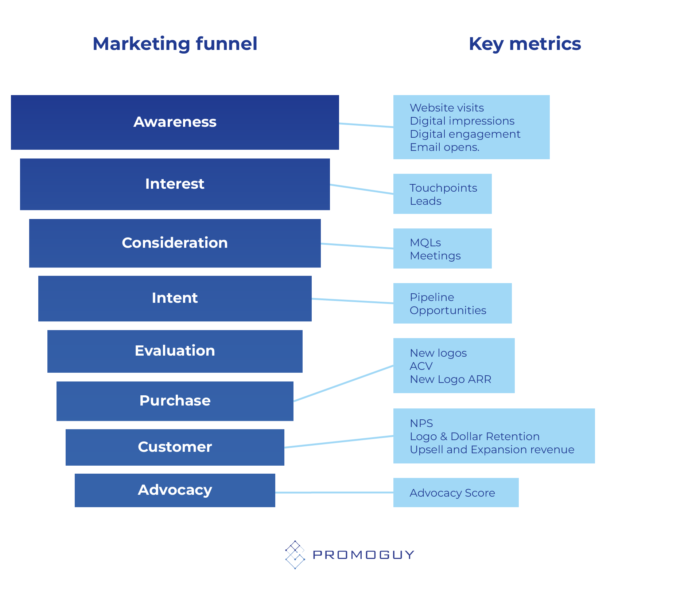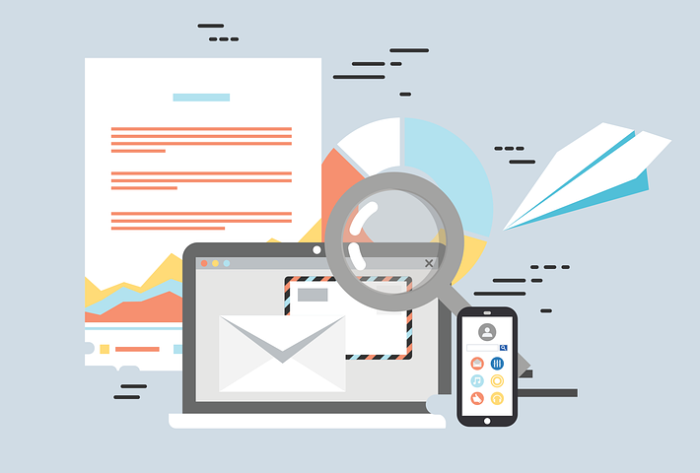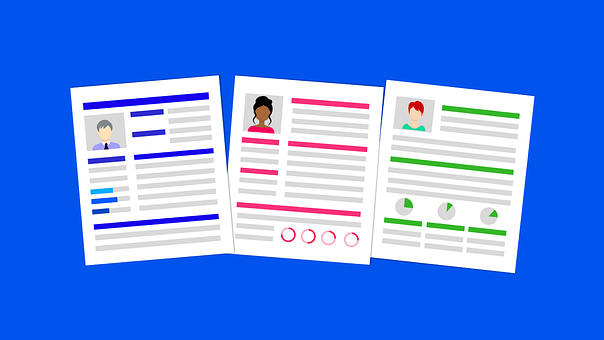Software as a Service or SaaS is a crucial digital business model that everyone is familiar with. Software technologies that perform crucial functions allow for most of the systems on the Internet to function. However, businesses within the SaaS sphere require constant growth, stability, and upkeep, especially in the B2B quadrant. Coherent SaaS marketing strategies are crucial in achieving these goals.
This article will discuss some of the most important B2B SaaS digital marketing strategies and how to create a marketing framework if you’re company is just starting out.
B2B Product Marketing for SaaS
The SaaS business financial model differs from most products in that it often requires customer renewal and engagement as part of its sales structure. Most products are one-and-done, whereas software packages often rely on convincing customers to keep using them rather than ordering more. Therefore, subscription model strategies are particularly relevant.
The SaaS marketing funnel illustrates the best way to promote software solutions:

B2B SaaS marketing largely follows the same model with a few differences in how customers are likely to respond to the product. B2B processes are often more driven by cognitive factors i.e., the direct benefits of the product itself as opposed to emotional marketing.
Furthermore, you need to understand whether you’re operating in a blue ocean or a red ocean. Blue oceans are new territory but have the problem of convincing companies to adopt new ideas. On the bright side, they have little competition, unlike red oceans. For a red ocean, you need to convince your clients that your product supersedes others on the market.
B2B SaaS Lead Generation & Outreach
Lead generation requires both organic and inorganic measures to work in collaboration and maximise potential. Depending on the industry your SaaS caters to, the level of focus organic vs inorganic may vary. Some companies operate in a model where B2B clients may seek them out, such as marketing solutions. Others may have to seek out clients themselves to improve rigid systems for example.
Depending on what type of service you provide and how much competition you have, you need to decide on and adjust the levels of investment in social media, email marketing, paid ads, and other digital avenues. Check your industry standards, perform an analysis of competitor operations, and check to see how prospective clients preferred to be reached.
In terms of SEO and keyword research, make sure you are covering the whole spectrum. Aside from SaaS, cover words like “online software solutions” or “digital solutions” in an effort to capture keyword synonyms. These sorts of keywords can be useful in catching clients who don’t know precisely what they’re looking for or are browsing in an adjacent category.
A few smaller SEO tips:
- Optimize page speeds for better SEO
- Make sure your website is Mobile and Tablet-friendly
- List your business on as many listings as possible
Email & Direct Outreach are Major Tools

SaaS email marketing campaigns can be highly beneficial for generating interest in the early stages of the funnel, for remarketing, and for maintaining customer interest. In B2B, most companies generally prefer email as opposed to a lot of the standard tools for B2C. Professional channels like email or InMail can thus be a great way to kick things off and upsell current customers.
Try different forms of direct outreach such as enlisting for Webinars, company exhibitions, or signing up for B2B networking platforms. You can reach out to companies on LinkedIn (if it’s allowed in your region, use InMail marketing) or on B2B platforms such as Sortlist. Another way to reach out is by presenting prepared materials, videos, and use cases to best illustrate the value your company can add.
Aside from utility in lead generation and introduction, emails are great for remarketing towards hesitant potential customers. Set up your analytics to find customers who’ve been browsing your website and send them discounts and offers to see if you can sway them.
SaaS Social Media Marketing
Social media serves multiple functions for any business. Let’s outline how a B2B SaaS marketing professional can best utilize it:
- Outreach: The most basic function for any company. Find and generate leads, keep your current customers informed, and build awareness.
- Research: Social media is fantastic for data-gathering and building an understanding of what your target group may want. Testing out messages, offers, and enthusiasm is far easier and less expensive on public platforms.
- Community-building: This is particularly useful for SaaS companies, as they need to build a strong sense of attachment to their services. Communities create stronger bonds, help solve each other’s problems, provide data, and help beta-test future applications.
- Collaboration: Social media is a two-way street. Aside from building your communities, you can also find influencers or get good reviews by asking. Don’t miss out on crucial partnerships with other brands or personalities.
Aside from the standard social media platforms (Facebook, Twitter, Instagram, etc.), it’s also useful to try more community-building platforms. Reddit and Discord are great for dedicated pages that focus on your services and foster inter-communication between customers.
B2B SaaS Content Marketing Strategy
The best SaaS websites tend to have very robust blog sections. On the content side, Informative and engaging content drives leads and helps companies decide between you and your competitors. Check to see what problems companies have and write about how your software solves them. Publish case studies, use cases, infographics, visual explainers, newsletters, and whatever you think clients would be interested in.
SaaS B2B content can vary between being broad and very narrow. For example, HubSpot writes about every single sphere of business and marketing in its highly successful blog. This strategy has been highly advantageous for them as they are often the first on the SERP for a wider set of keywords.
On the other hand, certain companies focus their content and achieve a decent niche in the areas they need. Not every company casts a wide net and that’s ok as long as they serve their customers and keep the lights on. They can talk about very specific issues, and use cases, targeting content keywords towards specific industries.
B2B SaaS content strategy needs to focus on utility for businesses. SaaS blogs can thus have a more informative style of content. This is where, on a content level, SaaS inbound marketing is a useful approach for creating customer engagement. This works on 3 levels:
- Attract in the early stages by providing content that illustrates expertise and fosters awareness
- Engage by being specific to their pain points and experiences that raise purchase intention
- Delight by providing help and support that helps customers succeed and keeps them coming back
SaaS Content Ideas
Any piece of content should have utility towards your company and its clients. Here are a few ways to build content that informs and engages:
- Infographics: Present visual data that simplifies your SaaS processes.
- FAQs: Preempt all the possible questions you think the potential customers may have (you can get a lot more questions and answers by monitoring your community).
- Newsletters or Blog Posts: Update your customers on what’s new, what awards you’re getting, industry news, major clients and use cases, etc.
- Video content: Put up explainers, in-depth tutorials, and introductions to the company. Video advertising is particularly useful if your SaaS is complex in nature.
- Webinars: A more interactive series of sessions that let you sit with the audience and build a rapport as you explain the processes. Build a better sense of customer engagement with sessions like these and give your marketing a personal touch with 2-way communication.
SaaS & Customer Success

Customer success for SaaS is a crucial endeavour. After all, SaaS is where the term originated with the distinct idea of helping customers achieve their goals while retaining the company’s services. We’ve previously written about the broader forms of Customer Success Management. Basically, customer success management is all about processes that keep the existing customer satisfied and reduce churn.
Chatbots have gotten pretty sophisticated but it’s best to use them for the basics. However, hands-on customer support is always more appreciated if you can manage it. Customer success is all about monitoring and evaluating how your customers are getting along with the software and mapping their successes to optimize their goals.
Here are some crucial customer success activities for SaaS marketing.
- Survey customers to identify which areas you can improve (if you don’t have customers yet, survey your ideal customer and create a buyer persona).
- Make sure you have enough touchpoints to maximize communication with customers (email, newsletters, contact pages, customer service lines, etc.).
- Improve accessibility to your touchpoints.
- Better SEO and keyword optimization for new customers.
- Useful FAQs or community management practices that promote easier user integration and provide answers to customer queries.
- Make payment as easy as possible.
- Keep customer service lines and chatbots active for customer queries.
- Customer success engineers should improve on all of these by examining CTR, exit rates, and bounce rates.
- Reevaluate processes to find out which customers have the most trouble and focus on creating systems that fix their queries.
Customer Success Metrics
Good success processes help guarantee fruitful customer lifecycles in the long term. The major metrics to look for to ensure this are:
Customer Health Score Metrics: This includes things such as daily or monthly users, customer satisfaction, how much progress they make (whatever that might entail for your product), etc. This should be measured along with the customer success health score, which includes the profit, number of customers, and growth to find how successful your operations are from a business side.
Renewal rate: The number of people who keep signing up or choose to continue their membership. Calculate the renewal rate by dividing the number of customers who renewed their subscriptions by the number of users who were up for renewal and multiplying it by 100.
Customer Churn rate: Alongside the renewal rate, you should also have the rate of customers who leave for comparison.
Net Promoter score: The NPS asks whether someone is likely to promote your product to another party. This is useful in measuring enthusiasm and can be included in an email or as a software pop-up.
Customer Success goals: Help your customers by setting your own goals as a useful benchmark. Every product and service is different and creating goals can vary based on their specific criteria.
If you’re looking for a consultant on digital marketing for SaaS companies or an SaaS blog writing company, be sure to check out our services page.


